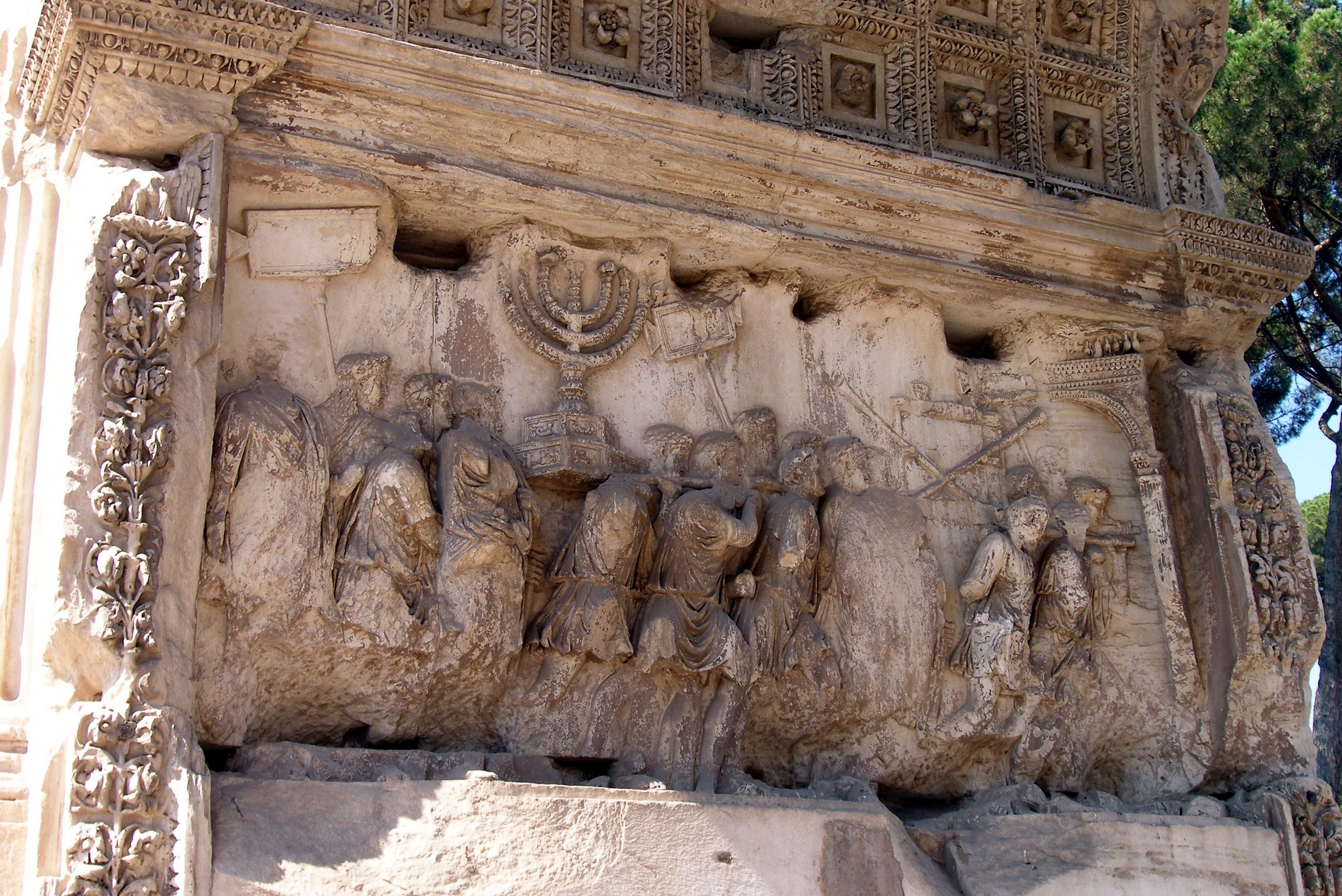Tisha B’Av is the saddest day on the Jewish calendar because of the incredible series of tragedies which occurred on that date throughout Jewish History.
Tisha B’Av – The “ninth day” in the Jewish month of Av, which starts at sundown on the eighth day and concludes at sundown on the ninth day of Av. This is the day when the intensity of the entire three week mourning period reaches its peak.
According to our sages, many tragic events occurred to our ancestors on this day:
1. The sin of the spies caused Hashem to decree that the Children of Israel who left Egypt would not be permitted to enter the land of Israel;
2. The first Temple was destroyed;
3. The second Temple was destroyed;
4. Betar, the last fortress to hold out against the Romans during the Bar Kochba revolt in the year 135, fell, sealing the fate of the Jewish people.
5. One year after the fall of Betar, the Temple area was plowed.
6. In 1492, King Ferdinand of Spain issued the expulsion decree, setting Tisha B’Av as the final date by which not a single Jew would be allowed to walk on Spanish soil.
7. World War I – which began the downward slide to the Holocaust – began on Tisha B’av.
Prohibitions:
The prohibitions on Tisha B’Av itself are similar to those of Yom Kippur. In addition to not eating or drinking, we are not allowed to wash, anoint oneself or wear leather shoes. In a prohibition more stringent than on Yom Kippur, we are only allowed to study certain portions of the Torah and Talmud on Tisha B’Av.
OBSERVANCES:
The observance of Tisha B’Av begins with the Seudah HaMafseket, the last meal before the fast commences.
NOTE: During years when the fast starts on Saturday night we do not have a seuda HaMafseket.
Unlike the elaborate feast we have before Yom Kippur, this meal is typically one course, usually consisting of a hard-boiled egg and some bread. Also, this meal is generally not eaten with others to avoid having a Zimun (quorum for public blessing) at Birchat HaMazon. Zimun indicates permanence, habit and durability. We avoid the Zimun because we’d prefer not to make this mournful meal a recurring experience. It is customary to eat this meal seated on the floor or a low stool.
Until Mincha on Tisha B’Av one should try to avoid sitting on a chair or bench. Instead, the custom is to stand or sit on the floor, just like a mourner during the Shiva (traditional seven days of mourning a loved one).
Beginning at Mincha sitting on chairs is permitted, and we reduce the intensity of the grief that has pervaded us so far. Also, men put on Tefillin and recite those Tefillot that were omitted at Shacharit.
It is forbidden to greet friends or acquaintances on Tisha B’Av. However, if greeted first, one should answer, but in a low tone in order not to arouse resentment.
At the evening Ma’ariv service, the entire congregation sits on the floor and recites the Book of Eicha (Lamentations) where the prophet Jeremiah weeps the destruction, and we weep with him.
The morning of Tisha B’Av is the saddest part of the day. We recite Kinot, and the men do not don Tefillin at Shacharit, because Tefillin are called “Pe-ar,” “Glory,” and this is definitely not a day of glory for the Jewish People.

